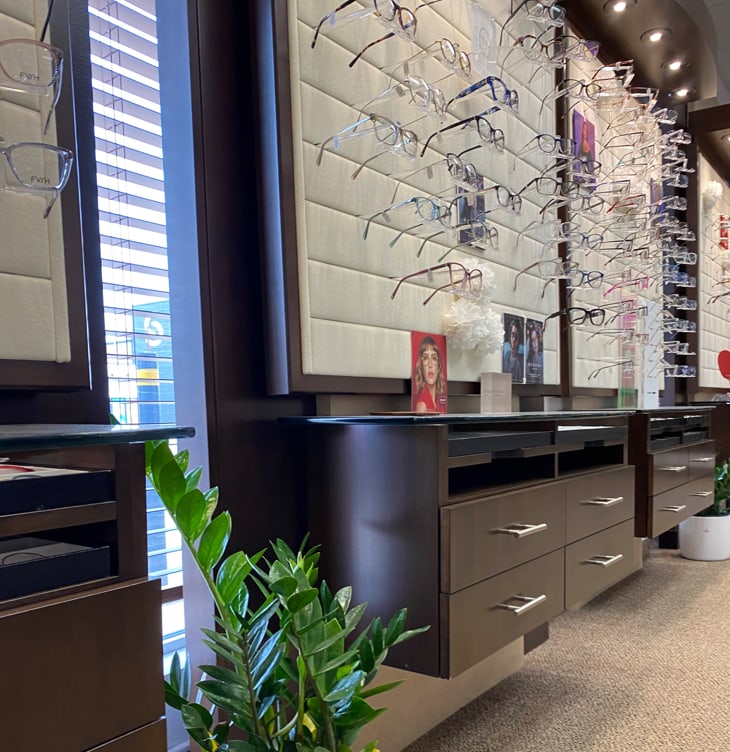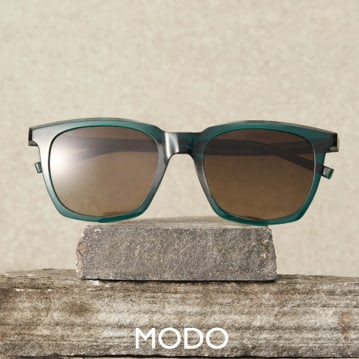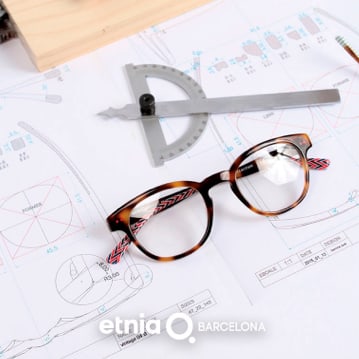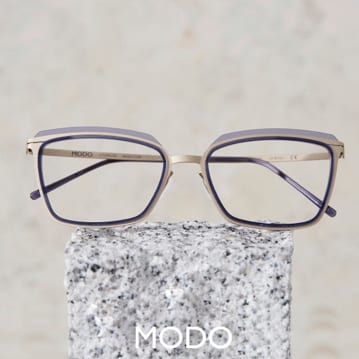If you’ve been told you have astigmatism and are curious about contact lenses, you’re not alone. Astigmatism is a common refractive error that affects how your eye bends light and causes blurred or distorted vision at all distances. The good news? With today’s contact lens technology, most people with astigmatism can enjoy clear, comfortable vision without relying solely on glasses.
Keep reading to learn what you need to know about wearing contacts with astigmatism, including the different types available, like soft toric lenses, rigid gas-permeable (RGP) lenses, scleral lenses, and hybrid options.
What Is Astigmatism, Exactly?
Astigmatism happens when the cornea (the clear front surface of your eye) or the lens inside the eye is irregularly shaped. This uneven curvature prevents light from focusing properly on the retina, leading to blurry vision.
Like nearsightedness (myopia) or farsightedness (hyperopia), astigmatism is a type of refractive error. It can therefore be corrected by wearing glasses or contact lenses.
Do Contacts “Fix” Astigmatism?
While contact lenses won’t physically reshape your cornea and resolve your astigmatism, they can absolutely correct the vision issues caused by the condition. That means you can enjoy clearer vision and improved comfort throughout your day.
For many people, contact lenses offer an excellent alternative to glasses, especially if you’re active, dislike the look or feel of frames, or simply want the full field of vision that contacts can provide.
What Types of Contacts Can You Wear with Astigmatism?
You’ve got more options than ever when it comes to contact lenses for astigmatism. Thanks to advances in design and materials, there’s a lens for almost every lifestyle and level of correction needed. Here are the most common types:
1. Soft Toric Lenses
These are the most popular contacts for people with astigmatism. Toric lenses are specially shaped to stay in place on the eye, which is an important factor in correcting the irregular curvature of astigmatic eyes. Toric lenses come in daily, bi-weekly, and monthly wear options.
Soft toric lenses are known for their comfort, especially when made with breathable silicone hydrogel. Daily disposables are a favourite among wearers and eye care providers alike because they reduce the risk of irritation and infection.
2. Rigid Gas-Permeable (RGP) Lenses
RGP lenses are harder and smaller than soft lenses, but they hold their shape better, creating a smooth surface over the cornea that provides better visual clarity and helps correct astigmatism even in more severe cases.
While they take some time to get used to, many people find the improved vision that comes with RGP lenses to be worth the adjustment. With proper care, RGP lenses can also last longer than soft lenses do.
3. Scleral Lenses
These large-diameter lenses rest on the white part of the eye (the sclera) and vault over the cornea. Before applying these lenses, you fill their centers with a sterile saline solution, creating a cushion that helps correct irregular corneas.
Scleral lenses are often used for complex cases, including keratoconus or severe astigmatism, that other lenses can’t fully correct.
4. Hybrid Lenses
Hybrid lenses offer the best of both worlds—a rigid centre for sharp vision and a soft outer ring for added comfort. They’re ideal for people who need the correction of an RGP lens but struggle with its feel.
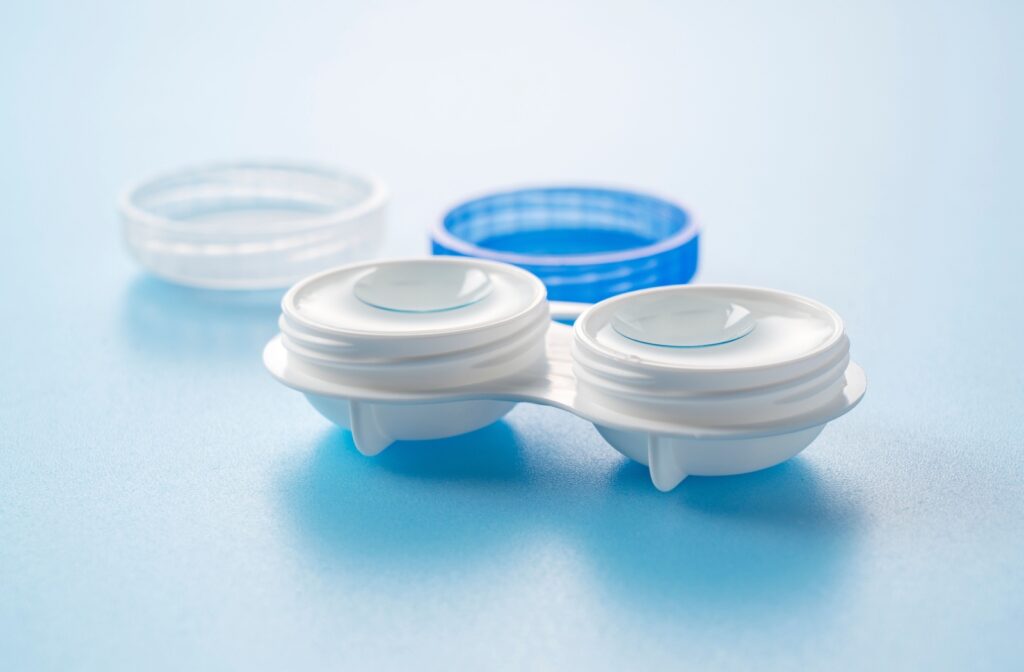
Can You Wear “Regular” Contact Lenses with Astigmatism?
Standard spherical lenses (the “regular” kind) aren’t usually recommended for people with moderate to high astigmatism. These lenses can’t compensate for the uneven curvature of your eye, which means your vision will likely remain blurry.
That said, if your astigmatism is very mild, your eye doctor might still prescribe non-toric lenses—but only after a proper evaluation.
Pros & Cons of Wearing Contacts with Astigmatism
Pros:
- Clearer vision across your entire visual field
- More freedom for active lifestyles
- Multiple types of lenses available (daily, bi-weekly, monthly; coloured or clear)
- Correction of other issues like myopia or presbyopia in the same lens
Cons:
- Higher cost compared to standard lenses
- Adjustment time for RGP or hybrid lenses
- Potential lens rotation, which can blur vision if the toric lens shifts position
- Slightly limited selection if you want coloured or multifocal lenses
Are Contacts Better than Glasses for Astigmatism?
Not necessarily—they’re just different. Contact lenses cover the entire cornea, which can offer more consistent correction and reduce distortion in peripheral vision. However, some people find glasses more comfortable or easier to manage.
It comes down to personal preference and lifestyle. Some people switch between the two, wearing glasses at home and contacts for work or social outings. The best option is the one that helps you see clearly and fits seamlessly into your day.
Choosing the Right Lens for You
The best way to determine the right contact lens for your astigmatism is by speaking with your optometrist. They’ll evaluate your prescription, eye shape, lifestyle, and preferences to recommend the most suitable option. At Old South Optometry in London, Ontario, we’re here to help you explore your options and find the best fit for your eyes. Whether you’re new to contacts or ready to upgrade your current lenses, our team can guide you every step of the way. Book an appointment today and take the next step toward clear, confident vision.



